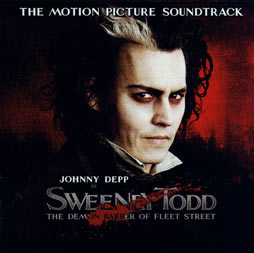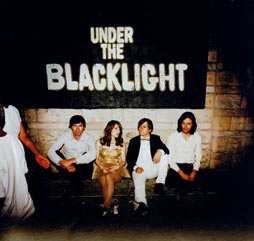By Judah Bucy/reporter
Any crowd has the potential to become a dangerous environment, a former Southlake chief of police told NW students last week.
Ted Phillips, NW divisional dean of public services, social/behavioral sciences and former police chief, presentedThe Evolution of Crowd Management Strategies on NW Campus.
Co-speaker of the event was Vietnam veteran Bob Glick, department chair of the Public Safety Institute.
“When you have alcohol in a crowd, you have a volatile situation,” Phillips said.
More than 100 students, including 20 cadets from the NW police academy, listened as Phillips described crowd situations when riots have occurred.
“We’ve seen some terrible situations in the United States that have had riots attached to them,” he said.
“From 1961 to 1971 there were more than 750 riots.”
Glick said civil rights demonstrations were often met with brute force.
Weapons such as tear gas and nightsticks were used on demonstrators, often causing serious injury or even death.
However, since the 1960s, police forces have had much research done by scholars across the U.S. Glick said.
The collected information has been used to produce newer, more effective, yet less lethal weapons.
“The term non lethal is a goal—never a guarantee,” he said.
But Glick said advances have been made to reduce the fatality rate of police-used crowd control weapons.
“These weapons can be deadly if used carelessly,” the chief said.
Glick said modern-day police officers are highly trained to use these weapons.
Phillips said the best example of a peaceful demonstration was the March on Washington. However, not all demonstrations are peaceful—quite the opposite in fact.
“Some demonstrations were intended to be violent,” he said.
WWI brought about the first use of poisonous gas as a means of crowd control, Glick said. Sentry dogs were also used as a means of scouting during WWI.
Sentry dogs were adapted into the police force after the war. But it would take some time before tear gas would emerge as a less lethal result of the advances of poisonous gasses used in WWI, Glick said.
While WWI—supposedly the war to end all wars—brought a time of chaos to the world, WWII would actually bring a period of social calm. This result was largely because all the Allied nations were brought together in a common purpose to defeat the Axis during WWII.
Phillips said U.S. police forces constantly do their best to improve the tactics used by their officers. They also improve weapons and strategies used by officers everywhere to improve the safety of citizens across the country.
“[Police tactics] are more than just tools, gadgets and weapons,” he said.




























